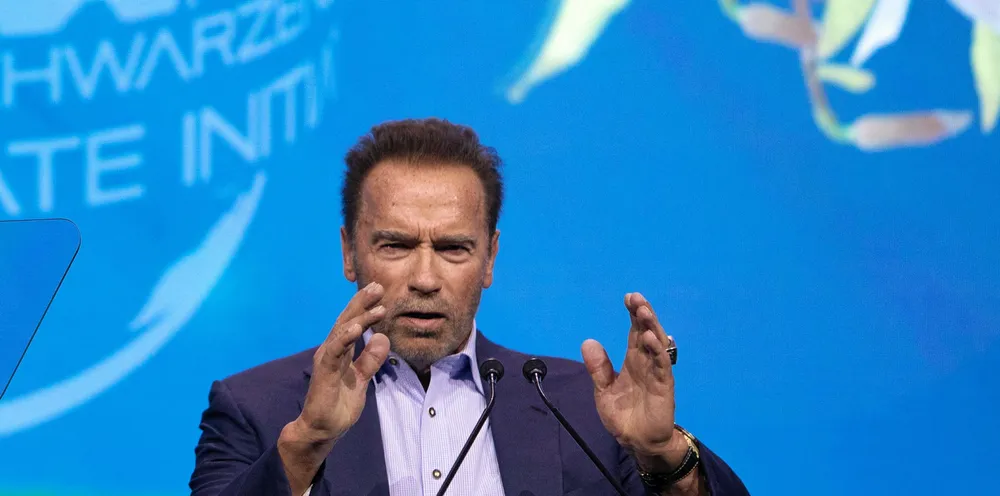Offshore wind can 'keep California's lights on' as climate blackouts loom: Schwarzenegger study
Reliable power supplies from west coast turbines critical to state's energy security and green targets, says ex-governor's institute

Offshore wind “could keep the lights on” for California in a future of climate change-induced power outages, claimed a new study from the USC Schwarzenegger Institute highlighting a critical role for the renewable source in the state’s future.
Wind at sea offers multiple economic and environmental benefits to the west coast state, which is currently battling the latest devastating wildfires to threaten its infrastructure, said the institute, a joint venture between former California governor Arnold Schwarzenegger and the University of Southern California.
“Constant winds at higher speeds over water make offshore wind a more reliable and efficient method of power generation. That could be what keeps the lights on for Californians in the future, as wildfires resulting from climate change increasingly lead to power outages,” said USC Schwarzenegger as it unveiled its new research.
Deployment of 10GW of offshore wind by 2045 – only a small portion of the region's huge potential – could bring $1bn of annual cost savings to the California electricity system, increase the state’s energy security and independence and deliver high levels of reliable power directly to major load centres on the coast, the study claimed.
The study will add to the gathering momentum behind offshore wind on the west coast, where deep waters mean floating wind turbines will lead the charge instead of the fixed-foundation projects that dominate projects off the US northeast.
“I have always said that California needs an all of the above energy strategy and there is no doubt that offshore wind is an important part of that portfolio,” said Schwarzenegger, the Hollywood A-lister who has become a champion of green initiatives.
“By deploying this clean energy resource, we can create thousands of jobs and meet our energy demands, all while reducing emissions and cleaning up our air.”
But the benefits of a 10GW build-out add up to “an enormous economic opportunity for the state of California” – at least 65,000 jobs during construction and 4,500 ongoing roles – as well as major emissions savings from the 5GW of gas plants that would no longer be needed.
Offshore wind legislation is working its way through the California legislature. Assembly Bill 525 requires a roadmap to large-scale offshore wind by 2045, by when the state is targeting a 100%- carbon free grid.